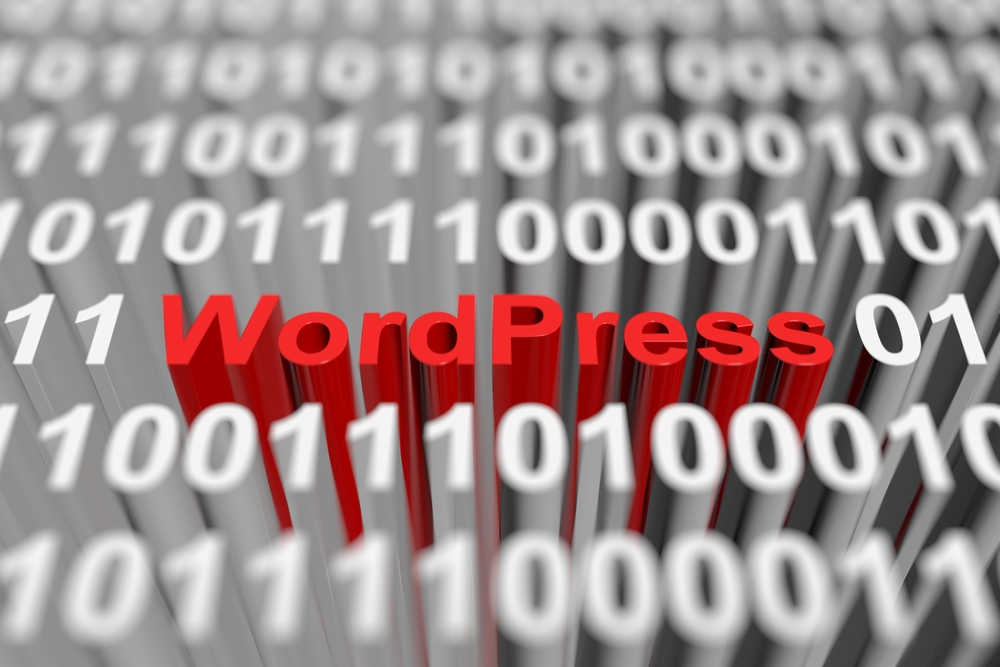
Blogging has become a popular platform for individuals and businesses to share their thoughts, expertise, and insights with a wide audience. Whether you are a seasoned blogger or just starting out, creating engaging and successful blogs requires careful planning and execution. In this guide, we will provide you with tips and strategies to help you create compelling and impactful weblog site that will resonate with your readers.
Identify Your Audience
Before you start writing your blog, it is important to identify who your target audience is. Consider what topics and interests are relevant to them, and tailor your content to provide value and insights that will resonate with them. Understanding your audience will help you create content that is engaging and relevant, leading to higher readership and engagement.
Choose the Right Topics
One of the keys to creating successful blog website is choosing the right topics to write about. Consider what trends and topics are currently popular in your industry, and develop content that adds value and insights to the conversation. Additionally, consider your own expertise and interests, as writing about topics that you are passionate about will help you create more engaging and authentic content.
Create Compelling Headlines
The headline is the first thing that readers will see, so it is important to create compelling and attention-grabbing headlines that will entice them to click and read your blog. Use power words, numbers, and questions to create curiosity and intrigue. Additionally, make sure your headline accurately reflects the content of your blog to set clear expectations for your readers.
Write High-Quality Content
High-quality content is essential for creating engaging and successful weblog . Make sure your content is well-researched, informative, and provides value to your readers. Use clear and concise language, and break up your content with subheadings, bullet points, and images to make it more readable and engaging. Additionally, proofread your content to ensure it is error-free and professional.
Utilize Multimedia
Adding multimedia elements such as images, videos, and infographics can help make your weblog website more engaging and visually appealing. Visual content can help break up large blocks of text, provide additional context and information, and capture the attention of your readers. Make sure your multimedia elements are relevant to your content and enhance the overall reading experience.
Promote Your Blogs
Once you have created engaging and high-quality blogs, it is important to promote them to reach a wider audience. Share your blogs on social media channels, email newsletters, and relevant online communities to increase visibility and engagement. Additionally, consider guest posting on other blog site or collaborating with influencers to expand your reach and attract new readers.
Engage with Your Audience
Engaging with your audience is essential for building a loyal and dedicated readership. Respond to comments and feedback on your blogs, ask for opinions and suggestions, and encourage dialogue and conversations with your readers. Building a community around your blogs can help increase engagement, loyalty, and readership.
Track and Analyze Performance
To create successful blogs, it is important to track and analyze the performance of your content. Use analytics tools to monitor metrics such as traffic, engagement, and conversion rates to understand what is working well and what can be improved. Use this data to optimize your content strategy, identify trends, and make informed decisions to improve the performance of your blogs.
Monetize Your Blogs
If you are looking to monetize your blogs, there are several strategies you can explore. Consider affiliate marketing, sponsored content, selling digital products or services, or offering premium content or memberships. Evaluate your options and choose the monetization strategies that align with your audience and content to maximize your revenue potential.
Frequently Asked Questions
1. How often should I post on my blog?
The frequency of posting on your blog can vary depending on your goals, audience, and resources. Consistency is key, so aim to post regularly, whether it's daily, weekly, or monthly. Experiment with different posting frequencies to find what works best for your audience and engagement levels.
2. How long should my blog posts be?
The length of your blog posts can vary depending on the topic and complexity of the content. In general, aim for a minimum of 500 words to provide enough depth and value to your readers. However, longer-form content tends to perform better in terms of SEO and engagement, so consider experimenting with longer posts for more in-depth topics.
3. How can I come up with new blog ideas?
Coming up with new blog ideas can be challenging, but there are several strategies you can use to generate inspiration. Consider current trends, industry news, frequently asked questions from your audience, personal experiences, and guest contributions. Additionally, use tools such as keyword research, content calendars, and competitor analysis to identify new topics and angles for your blogs.
4. How can I engage with my audience more effectively?
Engaging with your audience is crucial for building a loyal and dedicated readership. Respond to comments and feedback on your blogs, ask for opinions and suggestions, conduct polls and surveys, and encourage dialogue and conversations with your readers. Additionally, consider hosting live Q&A sessions, webinars, or contests to foster engagement and interaction with your audience.
5. How can I measure the success of my blogs?
There are several metrics you can use to measure the success of your blogs, including traffic, engagement, conversion rates, social shares, and comments. Use analytics tools such as Google Analytics, social media insights, and email marketing platforms to track these metrics and analyze the performance of your content. Set specific goals and KPIs for your blogs to measure success and make informed decisions to improve your content strategy.
Other useful resources